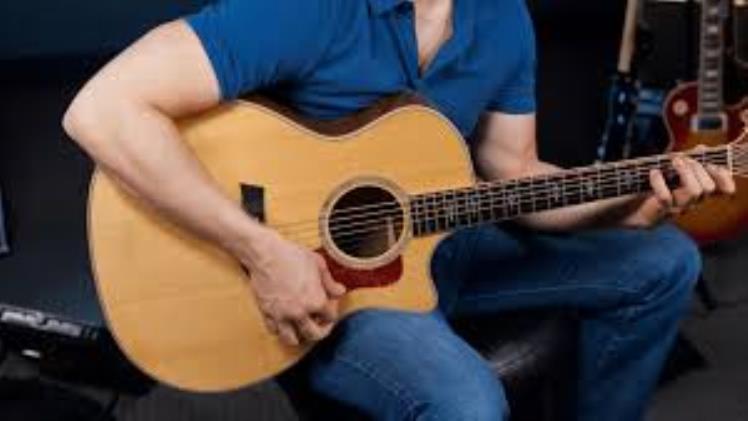How to Play Your Guitar Properly

Most classical guitars do not have inlays. If you are just starting out with the guitar, make sure you know how to play it properly. In case you are not yet trained, you can draw your own indicators with a marker pen, correction fluid, or a small piece of tape. However, you will need to be a trained player. Listed below are some of the most important factors that determine your guitar’s intonation. Read on to learn more!Visit here Fedex Kinkos
Inlay designs span the entire front (or even the back) of a guitar
Many high-end guitars feature elaborate inlay designs. In some cases, these designs span the entire front or back of the guitar. These intricate designs may be made using different materials and furniture-making techniques. They may depict a particular scene or theme. Such guitars are considered collector’s items. Some guitar manufacturers issue special edition models to celebrate an historic event. The process of inlaying a guitar can be time-consuming, but it is worth it in the end.
Adjusting the truss rod affects intonation
If your guitar’s action is skewed or distorted, you can adjust the truss rod to adjust the intonation of your strings. There are two types of truss rods: single-action and dual-action. A single-action truss rod increases neck relief, while a dual-action truss rod decreases neck relief. Each type of truss rod has a different purpose, but they are generally used to control the distance between the frets and strings.
Strings fall out of tune at the same rate
Using a guitar tuner is essential in achieving stable, in tune strings. The tuning pin is made of steel, and it can bend, or twist, but not turn in wood. In such a case, the pin will not correct the instability on its own. This is because the force transferred to the pin causes the string to move out of tune. Using the open strings as an example, the strings on the D string will be out of tune, while the A string will be in tune.More info about Door Locks
Acoustic or electric guitars
Acoustic and electric guitars have a few key differences. For starters, the construction of these instruments differs. Acoustic guitars have holes while electric guitars have pickups, circuits, and magnets. Both guitars produce sound differently, but the two share many common features. Acoustic guitars are more popular than electric guitars, and there are many crossover opportunities between the two. The wood used in building guitars can make a significant difference in tone and playability. All about George Floyd
Flamenco vs classical guitars
The fundamental difference between flamenco and classical guitar playing is in the techniques. In flamenco, guitarists use different posture and strumming patterns. Their techniques are known as “toques.”
Russian guitars
Developed in Russia in the 18th century, Russian guitars are a type of acoustic seven-string guitar. They share most of the organological features of the Spanish guitar, but some historians insist that the instrument actually derives from the English guitar. In any case, there is no doubt that Russian guitars have a long and rich history. In addition to their aesthetic appeal, Russian guitars are remarkably difficult to play!




